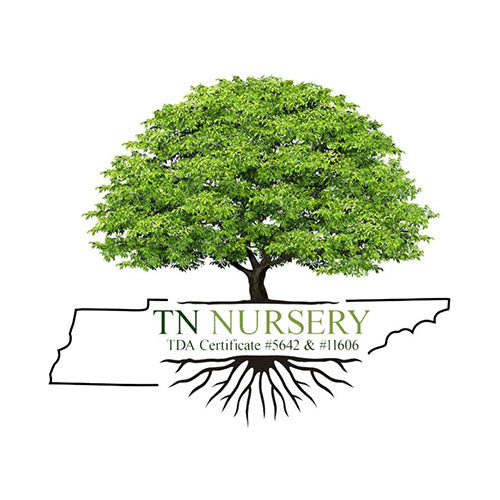Attracting monarch butterflies to your garden is a beautiful sight and a crucial step in conserving their population
Monarchs rely on specific plants, particularly milkweed species, as their primary host plants for egg-laying and caterpillar feeding. By incorporating suitable wildflowers into your garden, you can create a haven that attracts and supports monarch butterflies throughout their life cycle.
Here are some of the best wildflowers for attracting monarchs to your garden: Common Milkweed (Asclepias syriaca): Common Milkweed is a must-have for monarchs. They use the flowers to get their pollen. Monarch caterpillars attract adult butterflies with their fragrant pinkish-purple flowers.
Butterfly Weed (Asclepias tuberosa): With its vibrant orange flowers, Butterfly Weed is a popular choice for attracting monarchs. It offers nectar for adult butterflies and serves as a host plant for their larvae.
Swamp Milkweed (Asclepias incarnata): As the name suggests, Swamp Milkweed thrives in moist soils. Its clusters of pink or mauve flowers are a favorite of monarchs and other pollinators. Showy Milkweed (Asclepias speciosa): Showy Milkweed features large, ball-shaped clusters of fragrant pink flowers. It provides ample nectar for adult butterflies and is a valuable host plant.
Prairie Blazing Star (Liatris pycnostachya): This tall, spiky wildflower with purple flower heads is a favorite of monarchs and many other butterfly species. It adds vertical interest to your garden.
Purple Coneflower (Echinacea purpurea): Besides attracting various pollinators, Purple Coneflower is known to be a favorite nectar source for monarch butterflies. Its daisy-like flowers come in multiple shades of purple.
Joe-Pye Weed (Eutrochium spp.): Joe-Pye Weed is a tall, native perennial with pinkish-purple flowers that provide nectar for adult monarchs. It prefers moist soil and adds height to your garden.
New England Aster (Symphyotrichum novae-angliae): Monarchs love the vibrant purple flowers of New England Aster. Its late-season blooms are a valuable nectar source, especially during fall migration.
Goldenrod (Solidago spp.): Goldenrod's bright yellow flowers are a magnet for monarchs and other pollinators. It blooms in late summer and fall, providing essential nectar as monarchs prepare for migration.
Zinnia (Zinnia spp.): While not native, zinnias offer abundant nectar for adult monarchs and are easy to grow. Their vibrant colors and long-lasting blooms make them a great addition to butterfly gardens.
Creating a diverse garden with various wildflowers will provide a continuous food source throughout the growing season
Planting a combination of these wildflowers will attract monarchs and support other vital pollinators.
Additionally, avoid using pesticides and provide a water source such as a shallow dish or birdbath to enhance your garden's appeal to butterflies.
You contribute to their conservation and the ecosystem's overall health by welcoming monarchs into your garden.
-- Tn Nursery https://www.tnnursery.net
#monarchplants #pollinators #TNNursery
